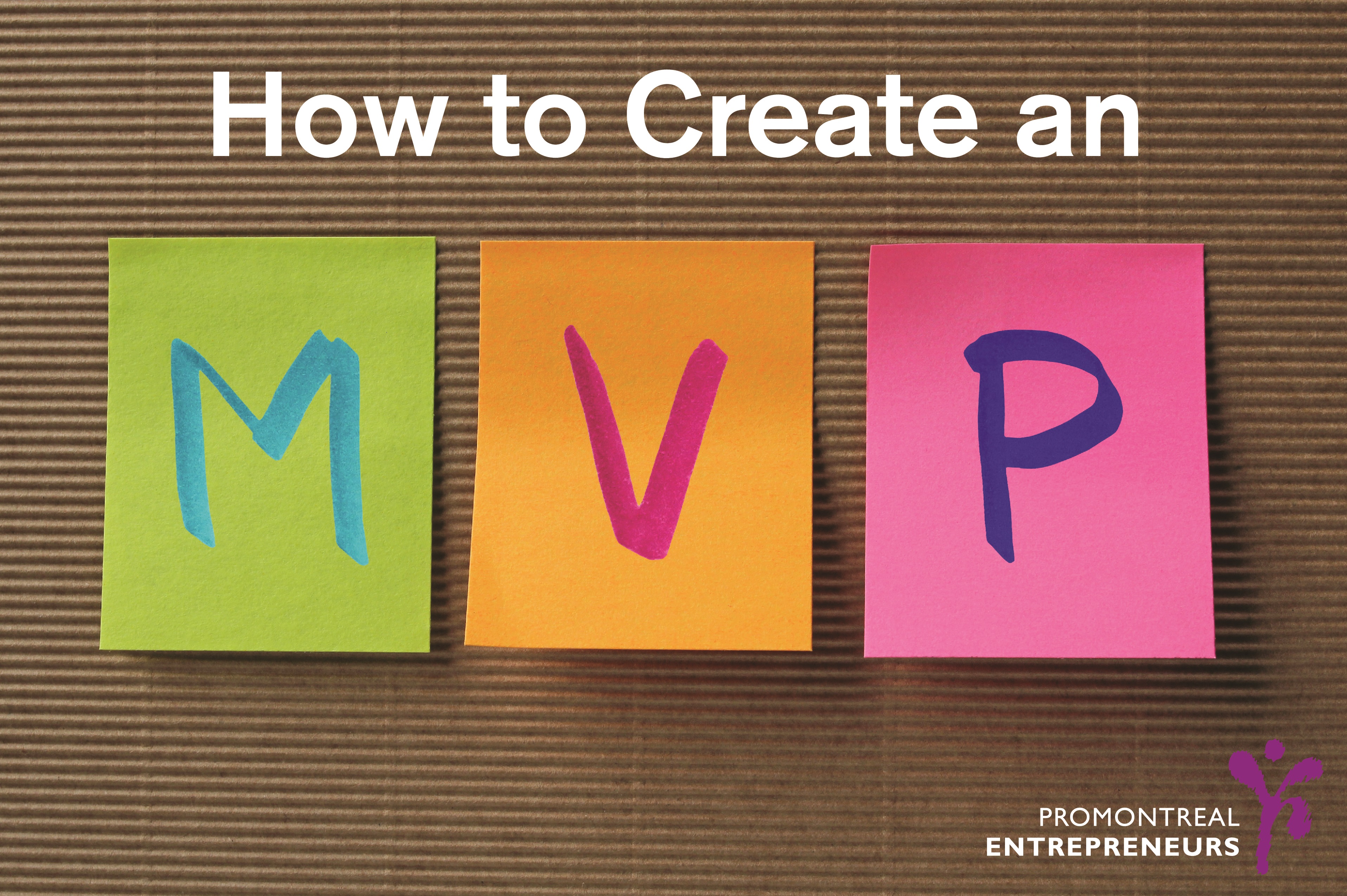 You know a particular topic is worth writing about when you get asked the same question by many ambitious entrepreneurs. We are constantly asked about Minimum Viable Products (MVP) from entrepreneurs in the tech industry.
You know a particular topic is worth writing about when you get asked the same question by many ambitious entrepreneurs. We are constantly asked about Minimum Viable Products (MVP) from entrepreneurs in the tech industry.
The MVP approach is based on the principle that you can provide sufficient customer value by delivering minimal features that early adopters will use. Many times we see entrepreneurs who claim no need for an MVP. Other times they are so invested in what they believe clients want that they do not consider its pros. But overwhelmingly most times entrepreneurs just don’t seem to know how to get one made. Wherever you stand, just know that MVPs are crucial in tech product development. Not only can they prevent you from dumping thousands of dollars towards a finished product that won’t sell, MVPs will allow you to test your product and get feedback from your future adopters.
Step 1: Define the Problem
If there’s one piece of advice we can give you first, it’s to spend more of your time defining the problem you’re solving than trying to fix it. Contrary to popular belief, the first step isn’t making prototypes or blueprints for the starting stages of building you MVP. The first step is to develop a clear understanding of the problem you would like to solve and learn about how your audience will be affected by it. Quantifying the problem by determining how big it actually is will help you communicate its benefits to your customers and investors later on. Ask yourself the right questions. Usually when you have a problem that won’t go away, it helps to ask yourself why? at least 5 times. When trying to comprehend the root of the problem you are solving you can uncover its nature and source by asking why?
Step 2: What benefits does our product provide to your intended market?
Whereas step 1 focuses on the root of the problem you are solving, step 2 puts more emphasis on your target market. How your target market will benefit from your product? At this stage you should be getting out of your workspace and asking people for their opinions and input. How can value be created for future customers? The more people you speak to the better. Differences in perspective will give you the chance to see what your intended customers, specifically, expect from you. You may even find interest in your product amongst other demographics.
Step 3: How many features does our product offer? And which ones are most essential?
Now that you’ve identified your problem and the expectations of your customers, you can start building your MVP. Looking into all the ways a user can interact with your product. This will help you prioritize which features are most important for your MVP. First it helps to list all your product features. For each feature you have listed it is important that you ask yourself whether or not it is core to your product. Establishing the perceived value of each feature is very important as well. A perceived value is the value that your customers put on each one of your features. Those features with the highest perceived value should be those included in your MVP. Perceived value of your product features can be an indication of how much customers will be willing to pay for your product.
Step 4: Measure the Results
As a business owner you should know that with every investment you must also measure its outcome. In the case of your MVP write down and save all the critics, compliments, and feedback you received. Based on this it is up to you to judge whether or not the outcome met your expectations. If your product did not resonate with users consider pivoting. It’s completely normal if your modifications deviate from your original MVP. If your product resonated well with your users, focus on what you can improve, which additional features you should add and how to tighten your value proposition.
Many of you may be wondering if delivering a scaled-down second-rate experience to potential customers strips them away from the true customer experience. This is a valid concern. However, you should view this interaction with your future customers as an opportunity to better their experience with your brand. If you are unable to make a product that a small number of people like, it will most likely never gain traction. Think of building an MVP more like building an MLP: Minimum Loveable Product. If done properly it’s a good way to keep users on their toes and asking for more.
 Email This Post
Email This Post


